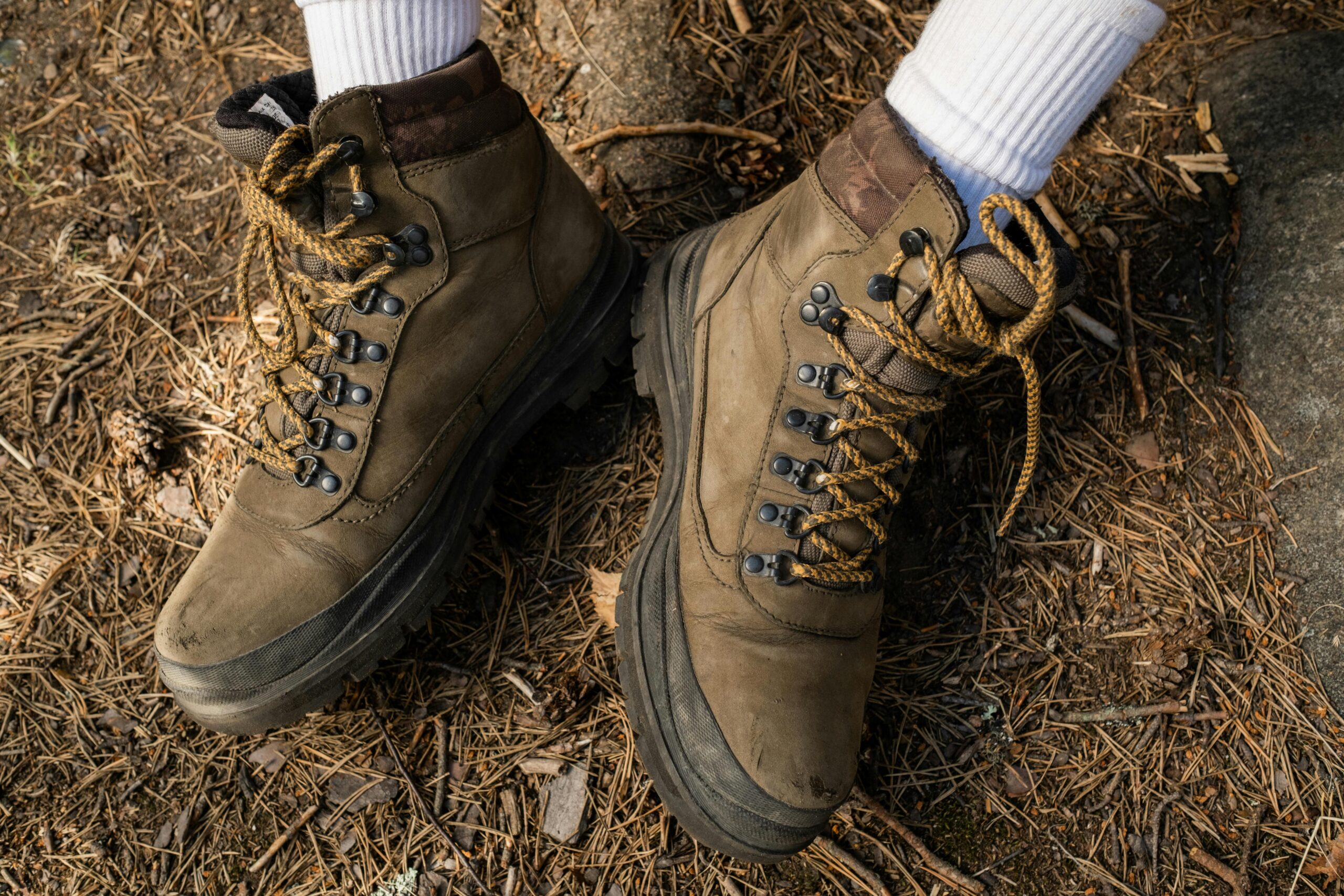High temperatures during the summer may worsen feelings of exhaustion and fatigue, making work duties significantly more demanding, particularly when done outside. Summer safety footwear is essential for adapting to these conditions as it offers a blend of comfort and protection.
When selecting the best work boots for the hottest season of the year, the most important factors to consider are size, the technological solutions or the material used in product development. The selection of boots based on the task performed also plays an important role. Here are some tips for selecting the right summertime safety boots:
Breathability and Material
Choose safety workwear Sydney with materials that breathe well and are lightweight, like leather or synthetic alternatives, as these will not retain heat as quickly.
In the summer, avoid bulky, impermeable fabrics like rubber. Through the removal of sweat from the epidermis, moisture-wicking insoles can help keep your feet dry. This is essential in order to avoid blisters and pain.
Pick the right size
This is most likely the most significant factor when it comes to workboots, among others. In the end, if a pair doesn’t fit well, why would you purchase it? Get rid of the thought of buying it even if it appears nice or is inexpensive, but the size is off.
Incorrect shoe sizing can contribute to discomfort, especially during summer, cause injury at work, and reduce your functionality. Take note of different workwear Sydney brands, which may have different sizes and choose the one that fits your needs.
Protection
The weight and protection are no longer synonymous. High-level protection without sacrificing comfort is offered by summer safety footwear. These shoes are now lighter than ever before, reducing the strain on the feet during long hours at work and guaranteeing flexibility and lightness. This is made possible by research, the application of cutting-edge materials, and new technologies.
Outsole type and design
Especially if you operate in areas with damp or greasy flooring, choose an outsole type and style that offers adequate traction on a range of surfaces. To avoid accidents, it’s important to have outsoles that resist slippage.
All-day wear, especially in warm weather, usually feels more comfortable in lighter boots. Some work boots also come with UV protection as an extra layer of protection. It helps to prevent sunburn on your lower legs and ankles, which can be a serious problem in summer.
Durability
Make certain that the boots are strong enough to handle the harsh conditions of your workplace. Even while they may initially cost more, high-quality work boots will end up saving you money over time.
To guarantee that your boots stay comfortable and last longer, keep them clean and well-maintained. Maintain your leather boots with regular cleaning and conditioning, and replace the insoles when they get worn.
Final thoughts
Summer safety footwear provides both protection and comfort, which is necessary to handle the challenges of working in the heat. Remember that when engaging in outdoor job activities, investing in the appropriate footwear can significantly impact both protection and comfort.
